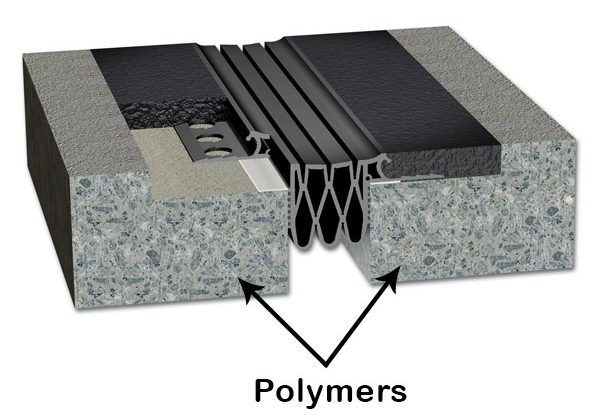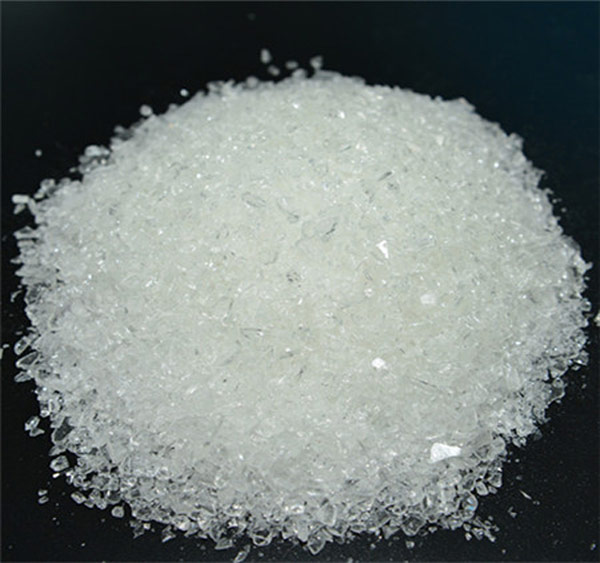As you must be aware, the concrete is porous. The porosity of concrete may be due to air-voids, or inherent porosity of gel structure itself, or water voids. The porosity of concrete is one of the factors that affect the strength of concrete. When porosity raises, the strength of concrete decreases and when the porosity reduces, the strength of concrete shoots up. Thus, the various processes of compaction of concrete such as vibration, pressure and jolting, spinning etc. have been applied to reduce the porosity after the placing of concrete. These practices are helpful to a great extent, yet none of these helps to reduce the inherent porosity of gel or the water-voids. Therefore, the latest technique of impregnation of monomer and subsequent polymerisation is implemented to bring down the inherent porosity of concrete and that is possible with the polymer concrete.
The development of polymer concrete led to the production of new building materials by combining modern technology, and polymer chemistry with the age-old technology of cement concrete.
History of Polymer Concrete
The advancement in the field of polymer concrete had started after the 1950’s when these materials were conditioned as a replacement of cement concrete for some specific applications. The primary usage of polymer concrete has been reported for building cladding. Later on, this concrete provides excellent bonding to the steel reinforcement. Effect of curing at the ambient temperature is rapid, thus it gains strength early. Hence, due to the high strength and good durability, it is now being broadly used as a repair material.
What is Polymer Concrete?
According to the ‘ACI-CT- 13’, American Concrete Institute – Concrete Terminology-13 – An ACI Standard, polymer concrete is, “the concrete in which an organic polymer serves as the binder”. In simpler words, polymer concrete is a complex material where the aggregate is bound together in a matrix with a polymer binder mixed in it. It reduces porosity and increases the strength of concrete.
Normally, the polymer concrete matrix holds aggregates and fillers more than 75-80% of its volume and it doesn’t contain a hydrated cement phase. Though Portland cement can also be used as filler, it holds a unique combination of properties such as strength, good adhesion etc. depending on the concrete mix design.
Polymer concrete differs from the conventional concrete as the polymer binder is used instead of cement to bind the aggregates, even though it can be used for construction in the same way as the conventional concrete. But it has several unique characteristics which makes it more durable than traditional concrete. Such properties of polymer concrete are as follows,
Properties of Polymer Concrete
01. Rapid Curing:
- Curing effect is rapid at the ambient temperatures from –18 to +40°C (0 to 104°f). According to ‘Raman Bedi and et al (2013)’,polymer concrete develops 70% strength after one day of curing at room temperature while the conventional concrete gains only 20% strength of its 28-day strength in one day.
02. Strength:
- Polymer concrete has high tensile strength, flexural strength, compressive strength and good abrasion resistance as compared to cement-concrete.
03. Good Adhesion:
- Good adhesion to most surfaces improves adhesion to the old surface.
04. Durability:
- Polymer concrete gives good long-term durability of concrete with respect to cycles of freezing and thawing action and chemical attack, as it reduces the intrusion of chlorides and salts.
05. Low Permeability and Water Tightness:
- Polymer concrete is low permeable to water and aggressive solutions or chemicals.
06. Lightweight:
- Use of polymer in concrete produces lightweight concrete.

Polymer for Concrete
Polymers for Concrete
Polymer plays an important role in binding the organic substrate to each other because of its internal adhesive nature. Polymer materials are packaged in either liquid or dry form, the liquid form of polymers (latex) usually is referred to as resin.
There are different types of polymer available in the market, but the selection of the particular type of resin depends upon miscellaneous factors namely the cost, chemical or weather resistance required, desired properties etc.
Types of Polymer Materials Used in Polymer Concrete
The most commonly used resins for polymer concrete are as follows:
- Unsaturated Polyester Resin
- Furan Resins
- Acrylics and Styrene-Acrylics
- Vinyl Acetate-Ethylene (VAE)
- Polyvinyl Acetate (PVA)
- Styrene-Butadiene Resin (SBR)
- Methyl Methacrylate MMA
- Styrene and Polyester Styrene
- Methanol
- Epoxy Resins
- Poly Urethane Resins (PUR)
- Urea Formaldehyde Resin and so forth.

Unsaturated Polyester Resins
For the polymer concrete, unsaturated polyester resins are the most versatile polymers used owing to its cost efficiency, good mechanical properties of concrete and easy availability. Furan resins are also used to a great extent in European countries.
Uses/Application of Polymer Concrete
Polymer concrete is used in the specialized construction projects where there is need to resistant several types of corrosion and is supported to have durability i.e. to last-long. It can be used similar to an ordinary concrete. Polymer concrete is used in the followings works,
- Repair to corrosion damaged concrete
- Prestressed concrete
- Nuclear power plants
- Electrical or industrial construction
- Marine works
- Prefabricated structural components like acid tanks, manholes, drains, highway median barriers, and so forth.
- Waterproofing of structures
- Sewage works and desalination plants
Advantages of Polymer Concrete
- Polymer concrete can be applied in very thin cross sections
- It reduces the intrusion of carbon dioxide, saving concrete from carbonation and hence loss of alkalinity.
- Polymer concrete offers very good resistance against corrosion and chemical reactivity.
- Polymer binders set very quickly and give resistance to the weathering effect, and thus useful for repairing existing structures.
- It reduces the shrinkage

Repairing Work with Polymer Concrete
Disadvantages of Polymer Concrete
- Polymer concrete is very expensive than a conventional concrete.
- Polymer concrete needs high skill and precise work while mixing.
- Improper proportioning of two-component materials can occur; thus, the proper mix design is required.
- The chemicals or resins used in the polymer concrete can be risky; hence using masks and hand gloves for skin protection is must.
Summary
On a final note, polymer concrete is commonly used in assorted applications like, improved repair methods, structural applications, and architectural components etc. The properties of polymer concrete depend on the polymer used in the concrete. Hence choose suitable types of polymer for your concrete. Therefore, as a user, the knowledge of strengths and weaknesses of the polymer which you use in the polymer concrete, is of paramount importance. Hence, be careful while selecting the polymer for concrete to avoid failure, as the right choice will determine the success or failure and durability of the structure or of repaired structure.
Also Read:
Pervious Concrete – A Sustainable Choice in Construction
Transparent Concrete: Modern Aesthetic Future for your Home!
Self-Compacting Concrete | High Performance Concrete
Basics of Fibre Reinforced Concrete
Image Courtesy: Image 1 – allproof, Image 2 – amarketresearchgazette, Image 3, Image 4 – youtube>


